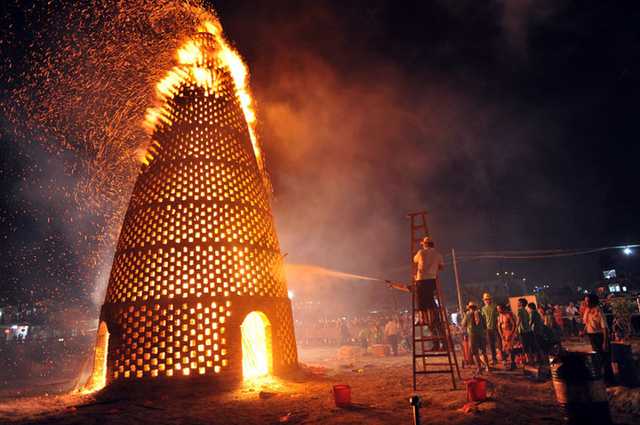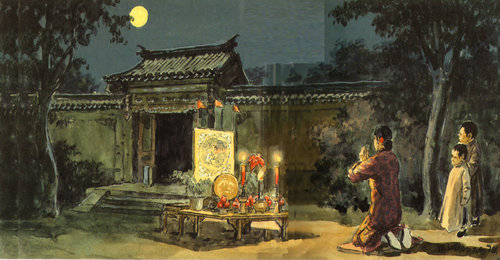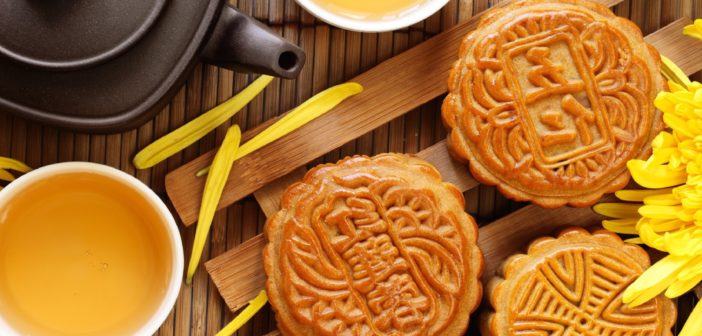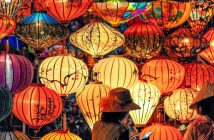Though most areas in China are still experiencing late September heat, the country has been gearing up for weeks to welcome what’s known as the Mid-Autumn Festival.
This celebration can be dated back to more than 2,000 years ago. In feudal times, Chinese emperors prayed to the heaven for good harvest and prosperity of the country. They hold a sacrificing ceremony on the 15th day of the eight month in the traditional Chinese lunisolar calendar to worship the moon god.
The day was officially established as a national festive occasion during the Song Dynasty, and gradually gained wide popularity and importance since the Ming and Qing dynasties. Related celebrations hence have continued ever since, and customs marking the celebration also developed in different regions around China.

Fire Dragon Dance
Among the various traditions and stories behind the holiday, three activities—admiring a full moon, eating mooncakes, and family unity—are summed up as the basic celebrations during the Mid-Autumn Day.
Apart from the above, there are a variety of celebrations around China.
In Pucheng, Fujian Province, local women walk through the Nanpu Bridge, to pray for long longevity. In Jianning, another Fujian city, people hang lamps and pray to the moon to have children.
In Guangdong Province, local women and children (no men allowed) set up lecterns to present mooncakes and fruit, and burn incense to worship the moon. Taro is a must-have food during the day.
People in Jiangxi have a tradition to “burn a brick tower” on the festival. In the morning, they build a hollow tower with bricks and tiles, fill the inside with straw, firewood and tree leaves. When the full moon rises, they light the fire from the bottom of the tower. Food like mooncakes and fruit are presented to worship the moon and the moon god they believe on top of the tower. Children play and perform local dance together around the tower through the night.

People in Jiangxi have a tradition to “burn a brick tower” on Mid-autumn Day.
Local residents in Anhui province, perform fire dragon dance to celebrate the Mid-Autumn Festival. Osmanthus wine, tea, cakes are popular food in some south China areas like Nanjing city in Jiangsu, since the festival sees the bloom season of osmanthus flowers. People in Sichuan, meanwhile, release paper sky lanterns and river lanterns praying for the health and happiness for family and beloved ones. Minority ethnic groups like Dai, Miao, Dong, and Gaoshan perform special “moon dancing” during the day to pray for health and happiness, as well as their gratitude of god of the Heaven.
Though celebration rites held vary in different area, the wish for happiness and prosperity is unanimous.

Drawing shows the “worshiping moon” rite in ancient China.




